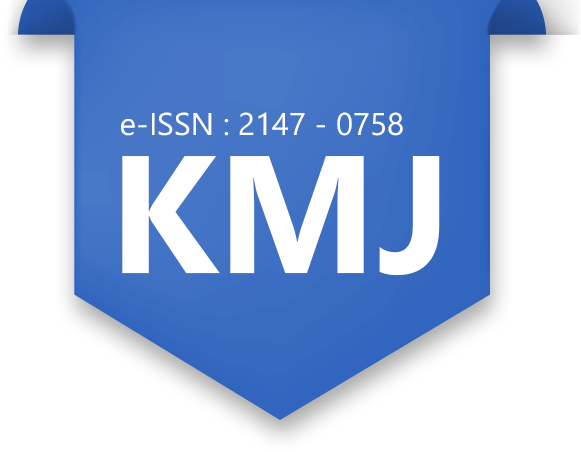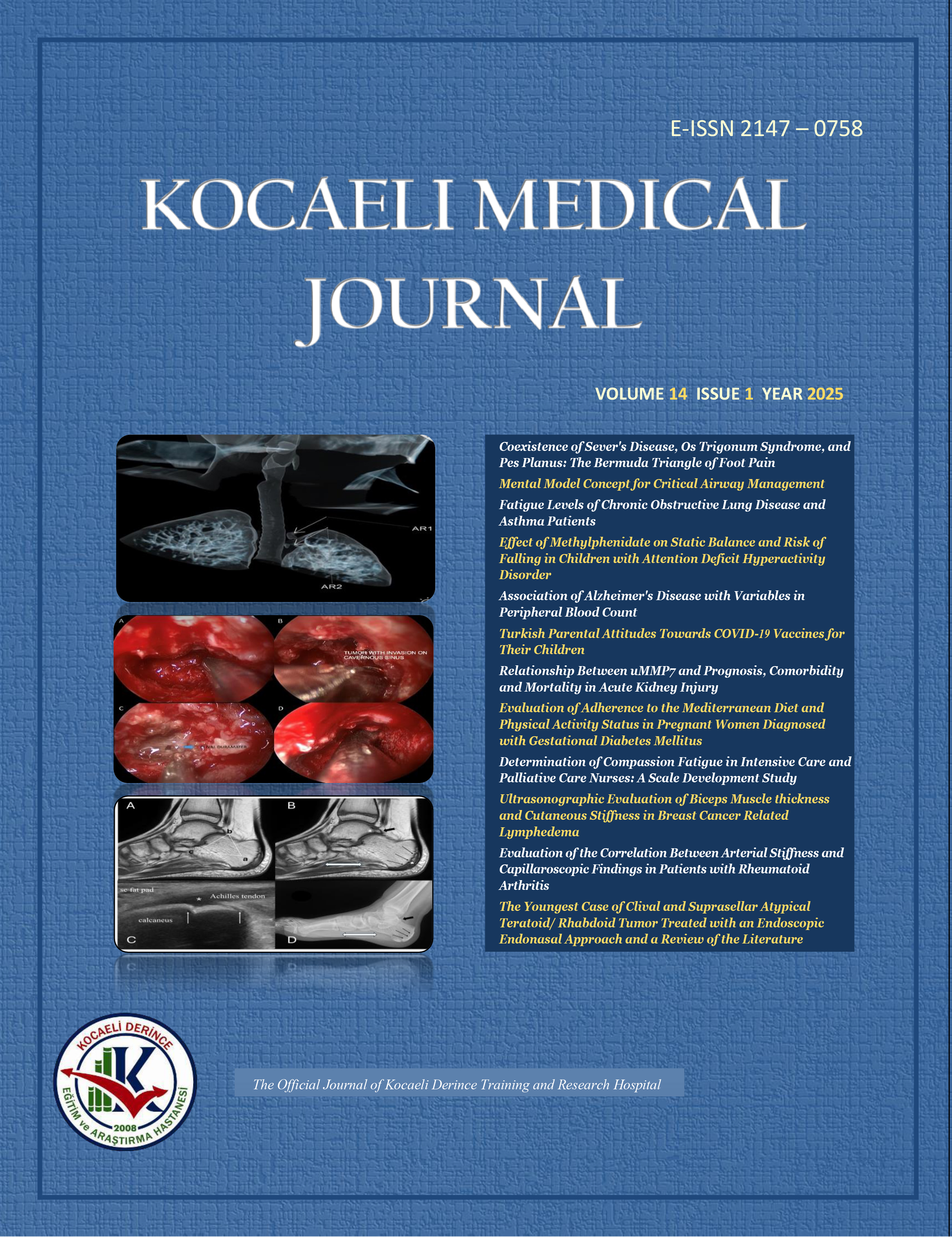
Is Laryngeal Nerve Exploration at Berry Ligament Level Safer to Prevent Nerve Damage in Thyroid Surgery
Ali Çiftçi1, Erol Kisli21University of Health Sciences, Kocaeli Derince Training and Research Hospital, Department of General Surgery, Kocaeli, Turkey2Cumhuriyet University, Faculty of Medicine, Department of General Surgery, Sivas, Turkey
INTRODUCTION: Several techniques have been described for the Recurrent Laryngeal Nerve (RLN) identification. The aim of the present study is to evaluate the effect of the RLN identification technique at the level of the Berrys Ligament on permanent RLN injury rate in Thyroid Surgery.
METHODS: 803 cases with benign thyroid diseases, those underwent surgical therapy with at least lobectomy, and total or near total thyroidectomy during the last 13 years evaluated retrospectively. Hospital records of the patients were evaluated according to the age, sex, indications for the surgical therapy and postoperative complications.
RESULTS: In our study, 656 (81.69%) of the cases were female and 147 (18.31%) were male. The ratio of the women to men was 4.4/1, A total of 1474 RLN dissection/identification were performed. RLN was able to be visualized in all cases. Indirect laryngoscopy was performed on patients with voice / speech disorders after 6 months. Unilateral vocal cord paralysis was detected in nine (0.61%) patients. These cases were accepted as permanent RLN paralysis. No bilateral permanent RLN paralysis was encountered in our series.
DISCUSSION AND CONCLUSION: As a result it can be said that, in its course during the travelling in the neck RLN shows different variations. But at the level of the cricothroid articulation, where it enters the larynx, beyond the Berrys Ligament, the position of the nerve is more constant than elsewhere. So identification of the nerve at this point may lead to low ratio of permanent RLN palsy..
Tiroid Cerrahisinde Larengeal Sinir Explorasyonunun Berry Ligamanı Düzeyinde Yapılması Sinir Hasarını Önlemek için Daha mı Güvenli?
Ali Çiftçi1, Erol Kisli21Sağlık Bilimleri Üniversitesi, Kocaeli Derince Eğitim ve Araştırma Hastanesi, Genel Cerrahi Kliniği, Kocaeli, Türkiye2Cumhuriyet Üniversitesi, Tıp Fakültesi, Genel Cerrahi Kliniği, Sivas, Türkiye
GİRİŞ ve AMAÇ: Tiroid cerrahisi esnasında Reküren Laringeal Siniri (RLS) ortaya koymak için çeşitli teknikler tanımlanmıştır. Bu çalışmanın amacı; Berry ligamanı seviyesinde yapılan sinir disseksiyon tekniğinin kalıcı RLS hasarı üzerine olan etkinliğini araştırmaktır.
YÖNTEM ve GEREÇLER: 13 yılda benign tiroid hastalıkları nedeniyle lobektomi, total veya totale yakın tiroidektomi uygulanan 803 olgunun hastane kayıtları retrospektif olarak tarandı. Bütün hastalarda yaş, cinsiyet, preoperatif tanı, yapılan tiroidektomi tipi ve hastalara ait histopatolojik sonuçlar değerlendirildi.
BULGULAR: Çalışmamızda vakaların 656'sı (% 81.69) kadın, 147'si (% 18.31) erkekti. Kadınların erkeklere oranı 4.4 / 1 idi, Toplam 1474 RLS diseksiyonu yapıldı. Tüm vakalarda RLS ortaya kondu. Ses / konuşma bozukluğu olan hastalara 6 ay sonra indirekt laringoskopi yapıldı. Dokuz (% 0.61) hastada tek taraflı vokal kord paralizi saptandı. Bu vakalar kalıcı RLS felci olarak kabul edildi. Serimizde bilateral kalıcı RLS paralizisine rastlanmadı.
TARTIŞMA ve SONUÇ: Sonuç olarak; Rekürren larengeal sinirin inferior tiroid arteri çaprazladığı bölgede ve boyunda yukarı doğru çıkarken birçok varyasyon göstermesi ve larinkse girmeden önce Berry ligamanı seviyesinde sabit bir yol izlemesi nedeniyle, tiroid cerrahisinde rekürren larengeal sinir disseksiyonunun bu sevide yapılması ve sinirin explore edilmesi, düşük oranda kalıcı RLS felci oluşmasına neden olabilir.
Manuscript Language: English












